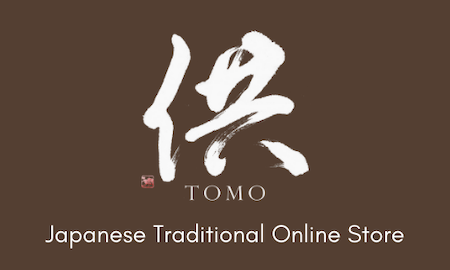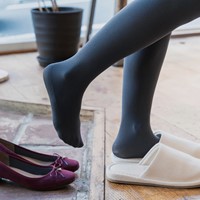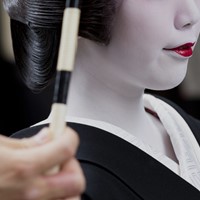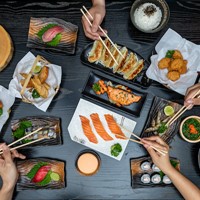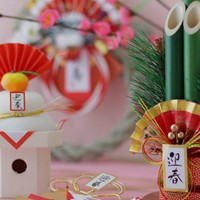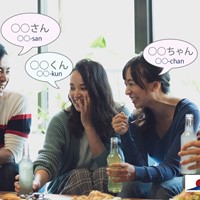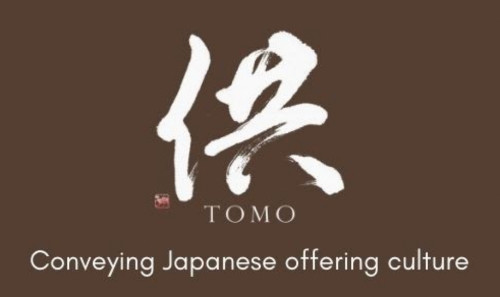4 Popular Japanese Lucky Charms For the New Year
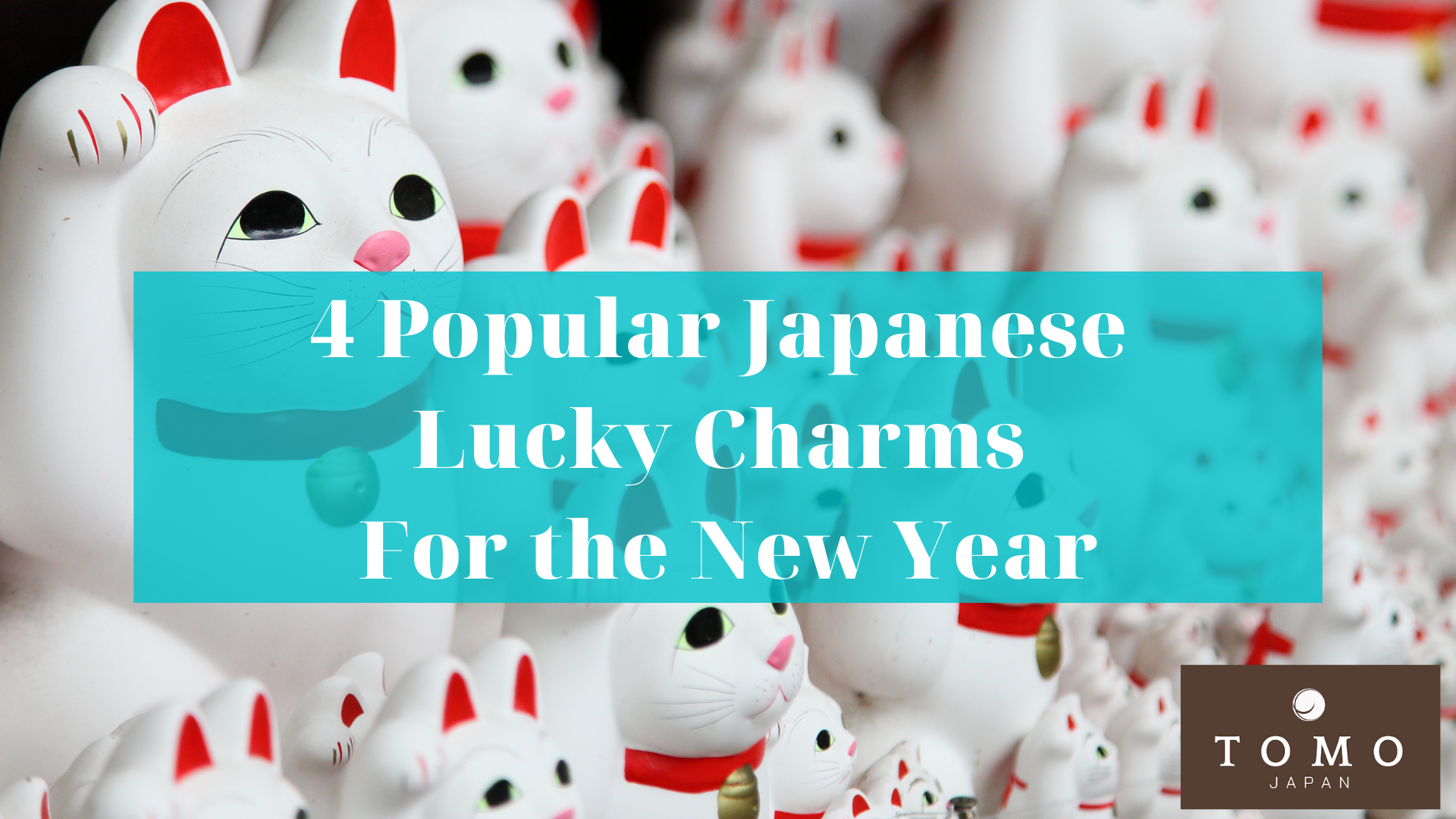
This page contains affiliate links.
This article is contributed by 供TOMO.
Since ancient times, some objects have been believed to bring luck to your family or prosperity to your business. If you are looking for a lucky charm in Japan, you can use the word “engimono” ( 縁起物 in kanji). Lucky charms are popular on the archipelago during the New Year. However, you can find them sold all year long in temples, shrines, festivals, and souvenir shops. Businesses often decorate their space with one of them, and you can get one for your own happiness or for a gift.
Japanese lucky charms have different roots: Buddhism, Shinto, Japanese culture and traditions… In this article, you will discover 4 of the most popular lucky charms in Japan and where to buy some of them.
1. Japanese Talisman: O-mamori
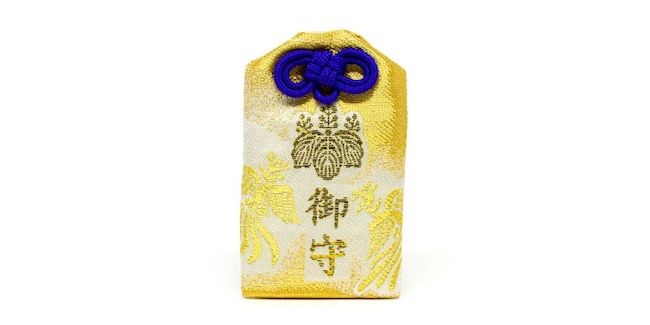
An o-mamori (御守/お守り) is a Japanese amulet that you can buy in shrines and temples, at the same place where you will find ema (wooden plaques where you can write your wishes) and omikuji (fortune-telling paper). Your o-mamori should be carried outside of your bag. It is said to have an expiration date (1 year after you started using it). When this date comes, it is recommended to bring it back to where you bought it and get another one.
These Japanese talismans are popular during the New Year period, but you can also buy them all year long. Some of them have special features, such as bringing you success, good grades, or even love. You can find this information directly written on the amulet (in Japanese). In popular areas, an English translation is often written in the lucky charms area. Otherwise, you can ask the miko (shrine maiden) or shrine staff to explain to you the meaning of their o-mamori!
2. The Animals of the Zodiac
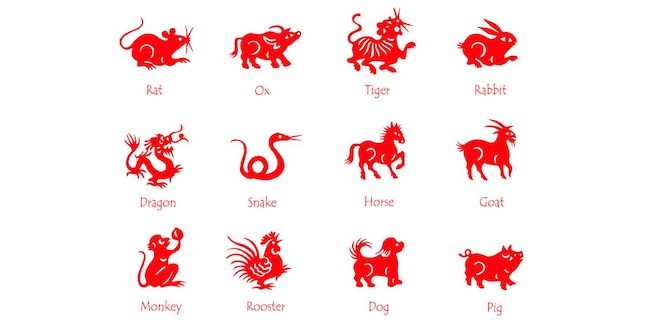
According to the belief, your personality is related to the animal of your birth year. For example, 2023 will be the year of the rabbit, and people born during this year are said to be patient and responsible. There are 12 animals: rat, ox, tiger, rabbit, dragon, snake, horse, goat, monkey, rooster, dog, and boar.
Each year in Japan, lucky charms and items related to the animal of the year are sold in shrines and temples. You will find zodiac inspired o-mamori, clothes, accessories, postcards, or even Japanese sweets inspired by this calendar. These items can be used for yourself or as a gift.
3. The Seven Lucky Gods
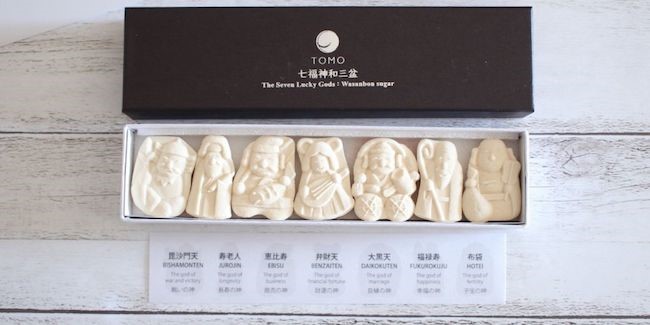
The Seven Lucky Gods are omnipresent in Japan. They draw their origins from Shinto, Buddhism, and traditions. They are mostly depicted as a collective but they all have their own specificities, stories, and field.
- Bishamonten: the god of war and victory. You can recognize him thanks to his armor and helmet.
- Jurojin : the god of longevity. He is represented as an older man with a white beard, a cane, and a scroll containing the world’s wisdom.
- Ebisu: the god of business. He has Japanese origins and he is often depicted with a smiling face, large earlobes, and a fish.
- Benzaiten: the god of financial wealth. She is holding a biwa (a Japanese traditional instrument), and a white snake. She is considered the patron of artists.
- Daikokuten: the god of marriage. He is the leader of the Seven Lucky Gods and he carries a hammer and a bag full of treasures.
- Fukurokuju: the god of happiness. According to his legend, he was a monk who could live without eating. You can recognize him by his large forehead.
- Hotei: the god of fertility. He has a large smile and mustache and he is often half-naked.
To know more about the Seven Lucky Gods, you can read this article. You can also get Seven Lucky Gods wasanbon sugars on Amazon.
4. Maneki-Neko: Japanese Beckoning Cat
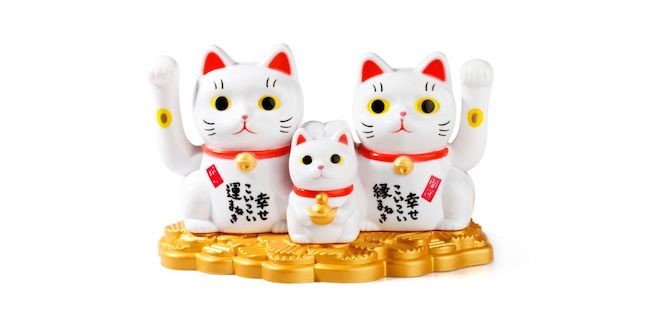
A maneki-neko (literally “beckoning cat”) is a famous Japanese symbol. You can recognize this famous cat thanks to its friendly face and paw inviting passersby. A maneki-neko is said to bring good luck and help successful businesses. This is why you will often find them displayed inside restaurants and stores. There are many stories about the maneki-neko, but the most famous one takes place at the Gotokuji temple, in Tokyo.
According to the legend, one day, a man decided to take shelter under a tree located near a temple. Intrigued by a cat that seemed to be calling him, he decided to approach it. Suddenly, the tree under which he was standing was struck by lightning. Grateful to the cat, the man decided to donate a large amount of money to the temple. Since then, the maneki-neko has been a symbol of wealth and economic prosperity.
Conclusion
Japanese lucky charms are deeply connected with Buddhism, Shinto, traditions, and culture. Some symbols change regularly (like the animals of the zodiac) and some of them are permanent (like the Seven Lucky Gods). You can get them for your use or as a gift.
Where to Buy Japanese Lucky Charms
You can buy Japanese lucky charms:
- on TOMO Online Shop (for special inquiries: tomo@asia)
- on Amazon Japan and Amazon USA
